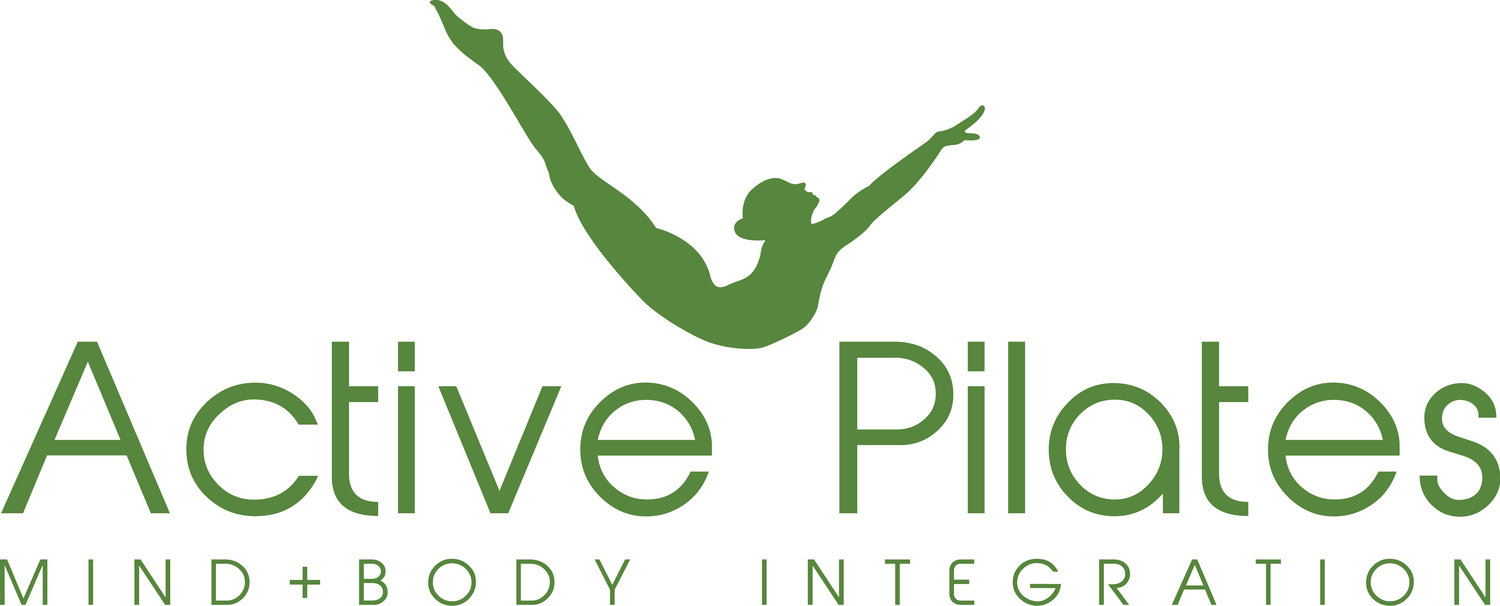Foundation First: Mastering Core Principles of Mat-Based Pilates
People starting their Pilates practice often ask me how long it takes to see real change. Like most things in life, mastering Pilates starts with putting the core principles of mat-based Pilates into action.
It also depends on your starting point, both physical and mental.
Some of my clients are experiencing the downsides of doing a sedentary job. Others have suffered from lower back pain for years. Or they’ve reached middle age and realise there’s no time to waste improving their fitness and preparing for later years.
How motivated you are to build your strength and flexibility over time makes a huge difference to your progress.
Whatever your starting point, having a good foundation and careful guidance will pay off.
What are the core principles of Pilates?
The six core principles that make Pilates an effective exercise are concentration, control, centre, flow, precision, and breathing.
Here's a brief description of each principle and why each one is important:
1. Concentration
Concentration involves focusing on the specific muscles used and each movement's quality.
Concentrating on each task will enhance the mind-body connection. This helps to isolate and activate the targeted muscles, leading to more effective and efficient workouts.
2. Control
Control emphasises the importance of maintaining precise and deliberate movements throughout the exercises.
Controlled movements prevent unnecessary strain on joints and muscles. This principle encourages full muscle engagement, promoting better muscle recruitment and development.
3. Centre/Centring
Centring involves initiating movements from the body's powerhouse, or the core muscles, including the muscles of the abdomen, lower back, hips, and buttocks.
A strong and stable core provides a solid foundation for all movements. Centering helps improve your overall body strength, posture, and stability.
4. Flow
Flow refers to the smooth, continuous transition between exercises and movements.
Creating a seamless flow in Pilates sequences helps improve your flexibility and coordination. It also adds an element of grace to the exercises, making the workout more dynamic and engaging.
5. Precision
Precision in Pilates involves performing each movement with accuracy and attention to detail. This is often where you’ll find some one-to-one instruction useful, especially if you’re starting your practice.
Precise movements ensure that the intended muscles are being targeted and worked effectively. This principle also helps prevent compensatory movements, reducing the risk of injury.
6. Breathing
Pilates emphasises a specific breathing pattern that coordinates with each movement. Typically, it involves inhaling through the nose to prepare and exhaling through the mouth during the exertion phase of the exercise. It can take a bit of getting used to.
Proper breathing enhances oxygen flow and aids better circulation and oxygenation of muscles. It also promotes relaxation, reduces tension, and helps you connect your movements on a deeper level.
Incorporating these six core principles into a Pilates practice not only ensures a safe and effective workout. But it also fosters a mindful and transformative experience.
Understanding and embodying these principles can cultivate a strong foundation for overall well-being and physical fitness.

